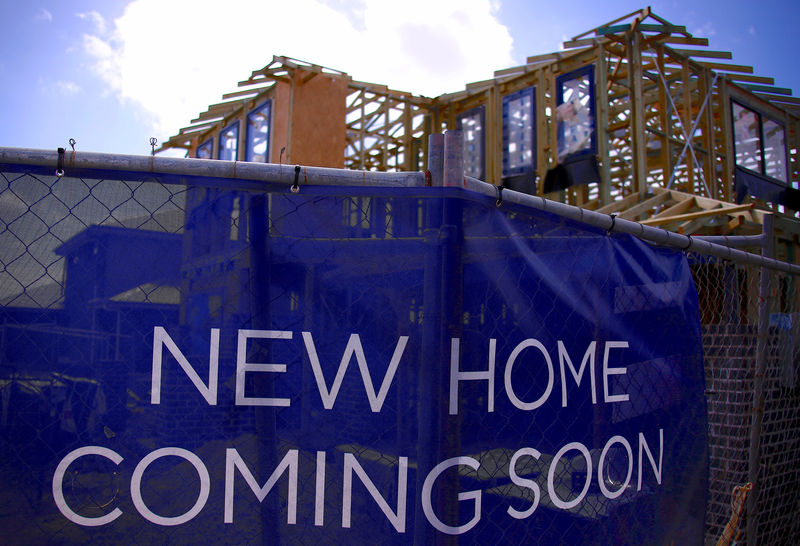Street Calls of the Week
Investing.com - As rent prices continue to soar, tenants are finding themselves dedicating an increasing portion of their income towards securing a new lease. Recent analysis from ANZ and property data company CoreLogic reveals that the percentage of income spent on rent has reached its highest point since 2014.
The study discovered that households with median incomes must allocate 30.8% of their earnings to cover a new lease's cost. This financial burden is even more significant for lower-income families, as those in the 25th percentile pay out an astounding 51.6% of their income towards rent.
This disparity places these households under immense housing stress according to the "30/40" rule – when the lowest-earning 40% spend over 30% of their income on housing costs. The widening gap between median and low-income renters indicates that escalating rents have disproportionately impacted poorer households.
Eliza Owen, CoreLogic Australia's head of research, attributes this surge in rental demand to several extraordinary shifts such as reduced occupants per home and resurgent overseas migration. On the other hand, unfavorable investor conditions have limited new rental supply additions.
Owen explains that while rents have risen sharply, factors like increased cash rates and construction sector challenges have decelerated dwelling completion's pace. However, she notes a rise in investor borrowing could signal forthcoming rentals but anticipates it will take time before they become available.
With national rental vacancy rates at just 1.1%, well below the decade average of three percent, there appears to be no immediate relief for those seeking affordable housing options. New listings also remain scarce compared to historical norms.
Felicity Emmett, ANZ Group Holdings Ltd (ASX:ANZ) senior economist, argues that economic uncertainty continues impacting private market sales activity while leaving more people reliant on renting homes instead; coupled with declining social housing availability only exacerbates rental market pressures across all income levels.
